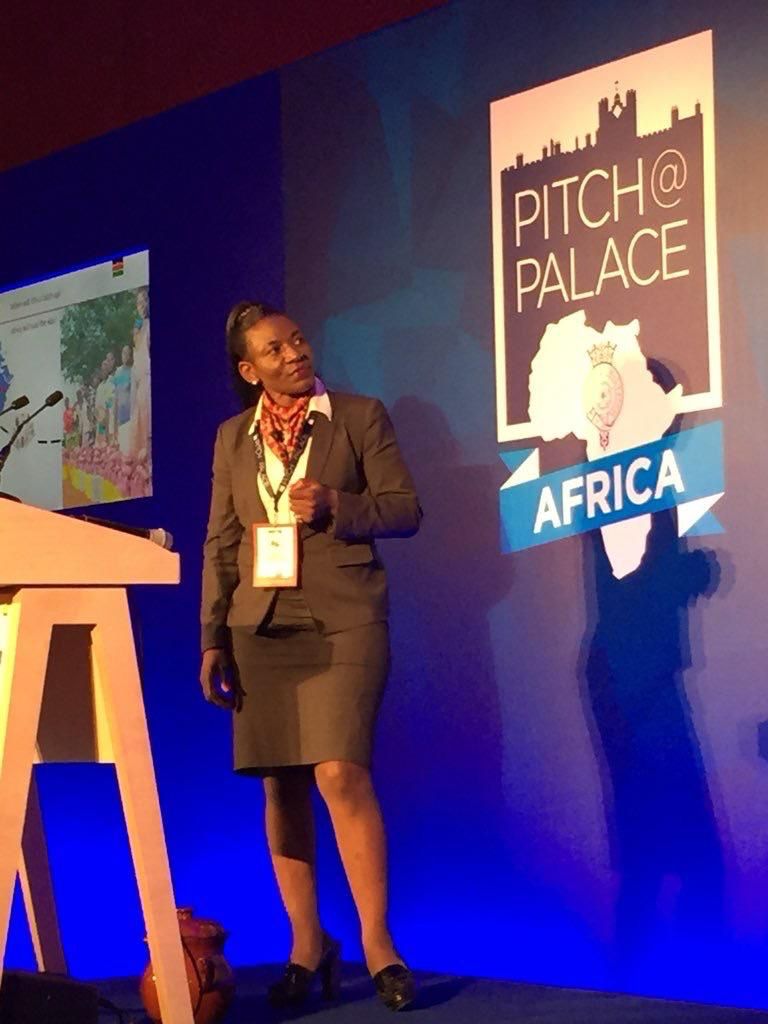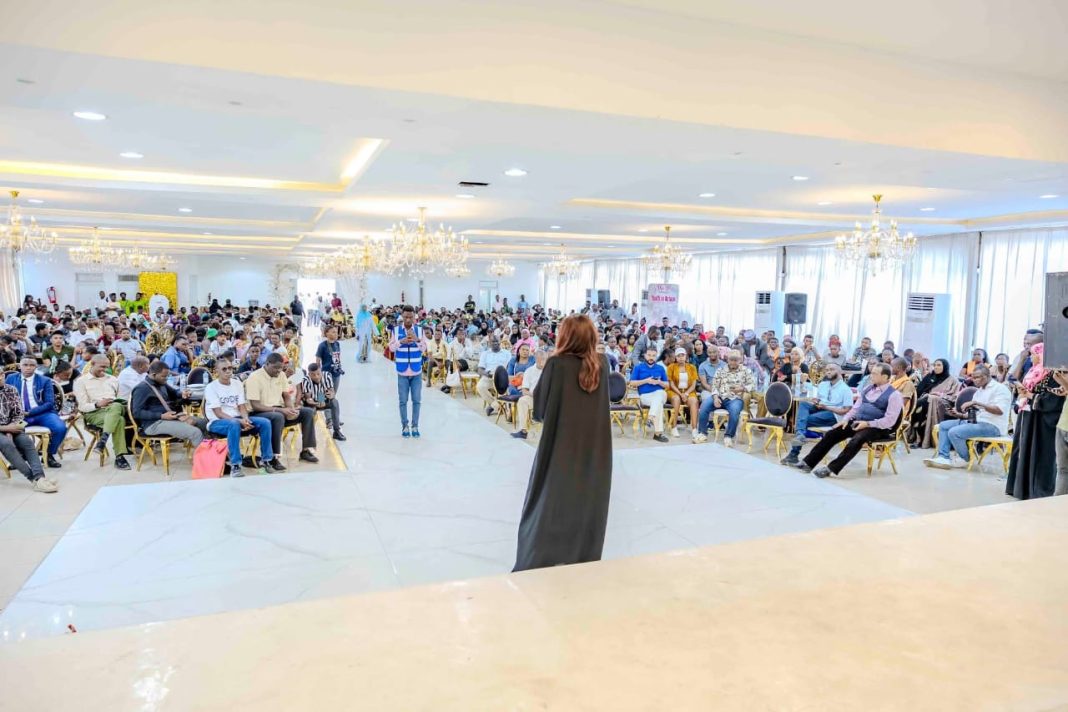By Perez Ochieng
The sweet potato farming cannot be a local initiative if it is to succeed.
It is not only adding value at the source but also designing products that meet real global demand, using three critical tools:
– food technology
– food innovation
– food science
The idea is to make the farmers, stakeholders, the national and county governments to understand the opportunities and to address the challenges and to witness the real impact in order to change the livelihoods.
It is important we come up with solutions that have global focus and trends to make potato farming viable and profitable to all players.
It needs resilience, pragmatism, determination, expertise and finance and more grace.
A lot of hard work to produce viable impact and change.
This means even though Kabondo has the ecological condition and seasonality for growing the sweet potatoes, the farmers still need to adopt improved farming methods like green house for example to ensure the sweet potato supply throughout the year.
This sort of approach requires a supporting infrastructure supported by the government such as controlled temperature storage facilities, drying and preservation technologies.
By this I don’t mean grinding and drying. No, I mean the storage for the sweet potato roots (centers similar to national cereals board), where farmers can also deposit their crops for onward purchase.
We have done this kind of thing very well in the coffee and tea sub-sectors and the same can be replicated to sweet potato.
And more specifically, in fixing broken sweet potato value chains with innovation, infrastructure, and intentionality.
Farmers must get organized and be intentional not persuaded to make short term gains offered by short term grant funding that make them switch from one crop to another just because there is a new project that promises better pay and better market (quick wins).
We aren’t just solving business problems; we are building entire ecosystems from scratch, educating markets, navigating regulatory ambiguity, lobbying policymakers, and plugging infrastructural gaps, all while trying to stay financially afloat.
And by this I don’t mean the idea of just copying, duplicating and relocating same ideas (like everybody is making sweet potato flour).
But rather pricing food chance combined with the local Indigenous knowledge of traditional uses and health benefits and then integrating into the global markets with the use of innovation.
Understanding the market dynamics
Tackling challenges in building those cross-border bridges like trade barriers and compliance.
Compliance with both trade agreements that exist between the country and the target export market.
At this stage the challenge is not at the local farming level but at country level.
Tackling challenges of root to market, understanding the target market, being intonation about collaborating with other stakeholders to improve logistics in the supply chain.
From farming (agricultures) which is what the local Kabondo farmers know.
But the things they don’t know is getting to market which includes product care and quality control, storing the sweet potatoes (post-harvest handing), bulking and sustainable supply (not seasonal).
Global markets don’t understand seasons.
They require continues supply through the year.
This means we have to organize sweet potatoes farming and production collaborative and cooperatively in such a way that we do not run on seasons or weather.
Solving the market problem
So, this cannot be solved by farmers as marketers.
Marketing products in the global market is sophisticated than people assume and requires a visit to and understanding of those markets .
This knowledge is not available to the sweet potato farmers .Unless of course they make those journeys to visit on trade mission which are rare occurrence, costly and can be quite technical and it is not possible to understand an entire market by a single visit or exhibition .
This involves doing market development alongside business development and product development .
What we did as a company
And this is the critical winning element that my company brought into play, the fact that we are present, trading and doing business in the UK and Europe markets
We understand the dynamics and the consumer trends and how consumer trends link and drive market dynamics, access data such as healthy eating , safety , regulation, regulatory confidence and now sustainability in terms of both supply expectations as well as climate change issues not to mention other issue like child labor laws, quality and diversity as well as proofing of product origins ,authenticity and traceability
And nowadays there are consumer demands on proofing all these require supply chains to adopt technologies such as block chains and AI to back up and share date with the very demanding sophisticated consumer markets .
I did consumer trials with things like taste preferences , texture, convenience (e.g. the pancake mix package is a plastic bottle (bio-degradable ) but user only need to add milk into the mix , Shake and make the mix ready to cook without clatter of all the mixing tools required to make every day pancakes .
And more specifically, in fixing broken value chains with innovation, infrastructure, and intentionality.
My intention was not just exporting raw sweet potatoes —we’re transforming it into instant food innovations like:
sweet potato floor for baby food industry ingredients
sweet potato Creme brûlée
High end desert the UK and EU consumer market
Sweet potato snack bars.
clean-label snacks made from sweet potatoes for gluten-free consumers
Sweet potato pancake mix.
our pregelatinized food starch alternative to oats, corn and wheat
Sweet potato soup .
Designed as a Medi-food (good for prediction nutrition used by people who have difficulty swallowing whole foods )
These are real products, built for real markets, solving real pain points for health-conscious families, smallholder farmers, and proving exciting ingredients for food manufacturers to make new products
I am still intentional about progressing the sweet potato initiative in Homa bay and the wider western Kenya .
Setting up systems and supply chain model that empower farmers to earn more from their hard work even as they become move up the supply combining farming with post-harvest handling earning more as they become integrated into the supply chain
All these factors left uncoordinated are the cause of ecosystem delays
How to educate these growers, how to press for quality over quantity and with it consistency.
This is what we have to do across sectors as talented, entrepreneur, I ended up wearing multiple hats that, in more developed ecosystems, are shared with others.
I am planning to building co-manufacturing hubs and distribution bridges between Kenya sweet potatoes and Europe with planned entry into Asia – opening up new value streams, reducing post-harvest losses, and creating ownership pathways for Homa bay -led sweet potato brands.
– [ ] Introducing smart farming technologies
– [ ] Processing at the source.
– [ ] Market entry strategies for local + global adoption.
– [ ] New certifications
– [ ] Research & Development
– [ ] Diaspora-led Offtake and
– [ ] farmer-inclusive systems.
We just don’t want to talk about Homabay , Kenya or Africa’s opportunity. We’re building it.
Strong traceability to cut costs and keep value with producers with a framework that understands our farmers realities and challenges and balances with economic viability, and earns global trust to accelerated and depend market access endless possibilities with a pipeline of many sweet potatoes based products for diverse consumer needs
With my knowledge, expertise, and extended global network ( in the industry, consumer and academia ) I remain committed to supporting the improvement for enabling environment for example to supporting local policy decisions with robust, data-driven evidence to help improve market access for the sweet potato products.
I hope I’m not wrong to conclude that sometimes as entrepreneurs we are too early for the market and our first task is educating the market rather than selling products and services. It’s a long game
Because an Industry is made up of multiple players providing similar or vertically integrated solutions. Together they build a market that brings together demand and supply.




